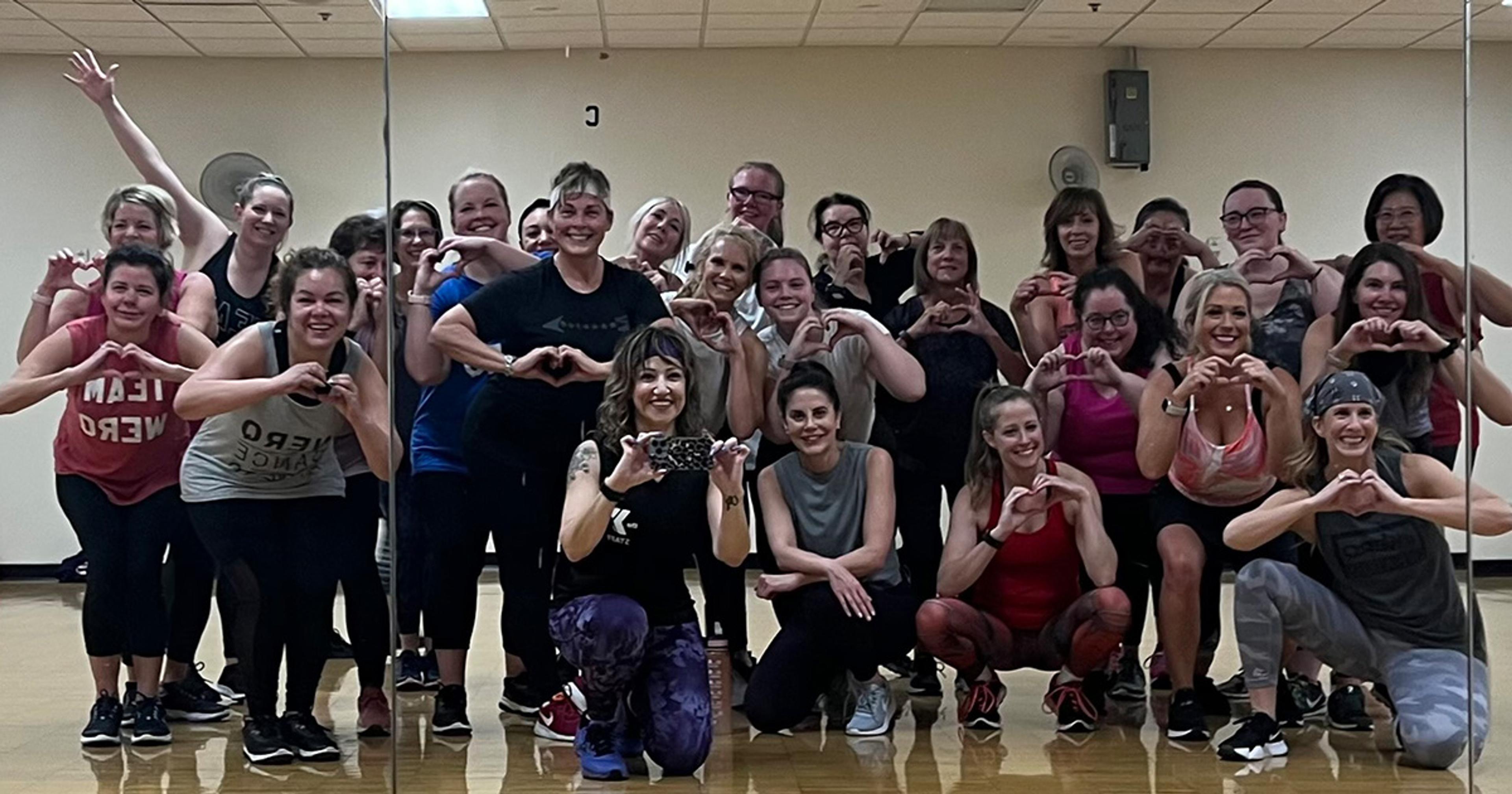Rugby Sevens: What to Know About This International Sport

Katrina Danko
| 4 min read

After nearly a century, two sports make their big comeback at the 2016 Summer Olympics: golf and rugby sevens.
Audiences worldwide have not seen golf in the Olympics since 1904, rugby sevens is the first version of rugby in the Olympic Games since 1924. Rugby sevens, also known as sevens or seven-a-side rugby, is a popular international sport with leagues and clubs in over a hundred countries. It is especially popular in the South Pacific. While rugby sevens has grown in popularity among youth and college athletes in the United States, it still has not reached national popularity in the same way football or baseball have in the U.S.
Because rugby isn’t the highest-profile sport in the United States, you may have some questions about how to play the game. The rules and vocabulary can get pretty confusing, but here are the basics you need to know to pass as a true rugby fan during this summer’s Olympics:
- There are several variants of rugby: The most popular versions of rugby are rugby union and rugby sevens. Rugby sevens is a smaller-scale adaptation of rugby union with shorter matches and fewer team members.
- Rugby has international roots: Rugby sevens was born in Melrose, Scotland, during the 1880s. Rugby union was first established several decades earlier in England. Despite these United Kingdom roots, earlier forms of the game have been played by different European cultures centuries earlier.
- You’ll never guess how it got its name: Rugby sevens received its name based on the number of players on the field during game play. Teams of seven play at a time as opposed to the fifteen-player teams in rugby union. Teams consist of three forwards and four backs.
- The 2016 Olympics is the grand debut of rugby sevens: When rugby was an official Olympic game in the early 1900s, teams competed in rugby union matches, not rugby sevens. In 2009, the executive board of the International Olympic Committee (IOC) voted to include rugby sevens and golf to the 2016 Olympic Games, which was backed by a decision at the 121st Olympic Committee Session in October 2009.
- Rugby sevens is like American football… kind of: Although rugby is perceived as similar to American football, there are substantially different rules. For American football fans, rugby may seem like it is its more violent and confusing cousin. Unlike American football, there is no equipment in rugby besides a rugby ball, which is similar to a football in size and shape. Additionally, rugby players cannot pass the ball forward like in football. They can only pass the ball backwards or laterally.
- But the scoring system is pretty similar to American football: Luckily for football fans, the scoring system will seem familiar. There are three ways to score in rugby: a try, a conversion kick, and a penalty kick or a drop goal kick. A player earns a 5-point try when the player “grounds the ball” in the opposing team’s in-goal area. This is pretty similar to a touchdown in football. A 2-point conversion kick occurs after a team successfully grounds the ball. A penalty kick and a drop goal kick are both worth 3 points.
- Good luck with the vocabulary: For those who are not familiar with the sport, the vocabulary can get pretty confusing. The teams are made up of three forwards (two props and a hooker) and four backs (scrum-half, fly-half, center, and winger or fullback), but what does all of that mean? Have you ever heard of a ruck? How about a scrum? That’s what we thought. Here’s a cheat sheet of rugby vocabulary, so you can sound like a pro.
Which new sport are you more excited to see at this summer’s Olympic Games? Do you think the Olympics should add any other sports? Let us know in the comments!
Check out these other blogs, too:
Photo credit: Tobias4242 via Flickr





